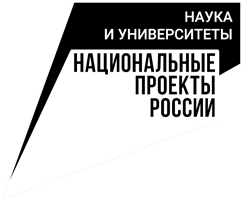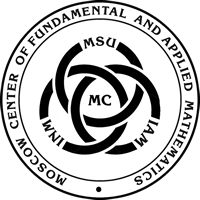PROGRAM
11:00 (GMT+3)
| Jinxin Xue Tsinghua University |
|
|
Bio: Jinxin Xue, Xiaomi endowed professor of the mathematics department of Tsinghua University. He got his bachelor degree from Nanjing University in 2008, and PhD. from University of Maryland in 2013. He was a Dickson instructor at University of Chicago from 2013-2017. He is interested in dynamical systems, geometric flows and symplectic topology etc. He solved the Painleve conjecture in celestial mechanics that has been open for more than 100 years and the Arnold diffusion conjecture that has been open for more than half a century. He has published papers on top journals such as Ann. Math, Acta Math, etc. |
|
Global dynamics of the N-body problem.
The N-body problem is a fundamental model in classical mechanics. It continues to play an important role in modern physics and mathematics due to its simplicity and richness of dynamical behaviors such as the existence of chaos, noncollision singularities, etc. In this talk, we give an overview of the dynamics of the N-body problem and explain our work on the existence of noncollision singularities and superhyperbolic orbits.
12:00 (GMT+3)
| Evgeny Shchepin Steklov Mathematical Institute of RAS |
|
|
Bio: Evgeny Shchepin is a corresponding member of the Russian Academy of Sciences, a chief scientific researcher at the Steklov Mathematical Institute of RAS. He graduated from Moscow State University (1973), had received a Moscow Mathematical Society Prize for young mathematicians (1976). |
|
Application of topology to optical recognition.
The handwritten symbol is formed from a small number of thin lines. When scanning its image, a Boolean matrix appears, the units of which correspond to the pixels of the image, and the zeros correspond to the pixels of the background. The thickness of the lines that make up the symbol image depends on the resolution of the scanner and can be very significant. The report will discuss topology-based algorithms that make it possible to find a subset of thin lines in the Boolean matrix of a symbol, preserving their essential characteristics for character recognition, such as the direction, relative length, type of bulges, and intersection structure.
The meeting will be held in the form of a webinar on the Voov platform.
1) Download VOOV from here https://voovmeeting.com/mobile/downloadindex.html
2) Install it and register in it naturally (registration by e-mail).
3) However, if you have some difficulties, please, consult to https://zhuanlan.zhihu.com/p/589899174?utm_id=0
To Join Tencent Meeting:https://meeting.tencent.com/dm/ezcQfaxfy4nQ
Meeting ID:112-693-872
*link to colloquium: https://www.srmc.pku.edu.cn/xzyj/kylt/153430.htm
*link to lecture1: https://www.srmc.pku.edu.cn/rl/153432.htm
*link to lecture2: https://www.srmc.pku.edu.cn/rl/153439.htm

